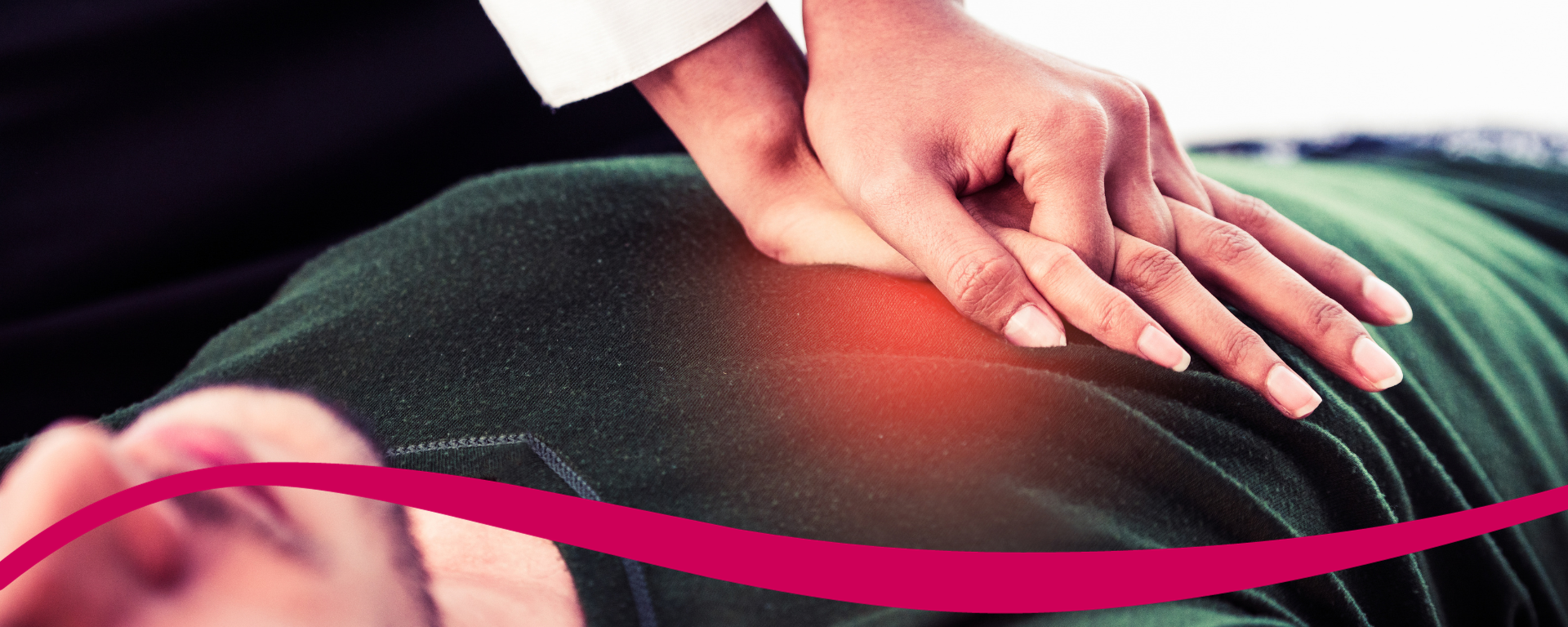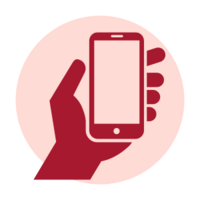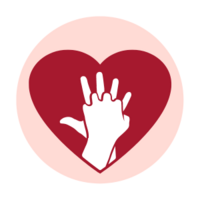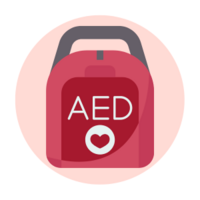What is Sudden Cardiac Arrest?
Cardiac arrest happens when the heart stops beating suddenly. It’s triggered by an electrical malfunction in the body that causes an irregular heartbeat (arrhythmia).
When the heart stops, it can’t pump blood to the brain and other organs.
Who’s impacted?
It can happen to anyone, anywhere, at any age, often without warning.
What are the signs of cardiac arrest?
- Sudden collapse
- No pulse
- No breathing
- Loss of consciousness
- Unresponsiveness to touch or sound.
- Not breathing normally or making gasping sounds
How can I help?
When a cardiac arrest occurs, getting the heart beating quickly is critical. Each minute without oxygen and blood flow to the brain increases the risk of permanent damage and death.
Every second counts!
Repeat this cycle (defibrillator, compressions) until help arrives, the person gains consciousness, or it's not safe for you to continue.
Learn CPR in less than 90 seconds
Heart & Stroke
Learn how to use an AED with this easy-to-follow video.
Heart & Stroke
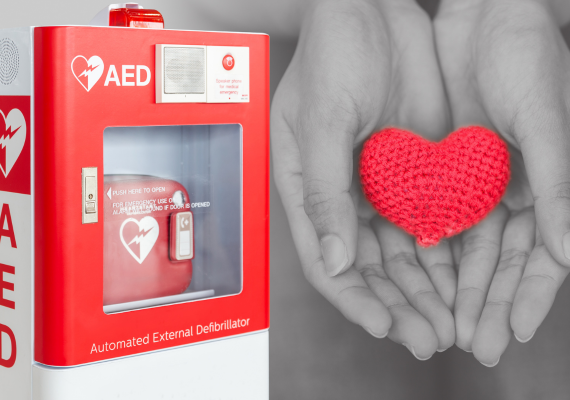
Do you know where you can find an AED?
Automated External Defibrillators (AEDs) are portable devices that are made available in many public places such as airports, libraries, schools, office buildings, sports venues, recreation centres, grocery stores and shopping malls. AED locations should be clearly marked for quick access.

